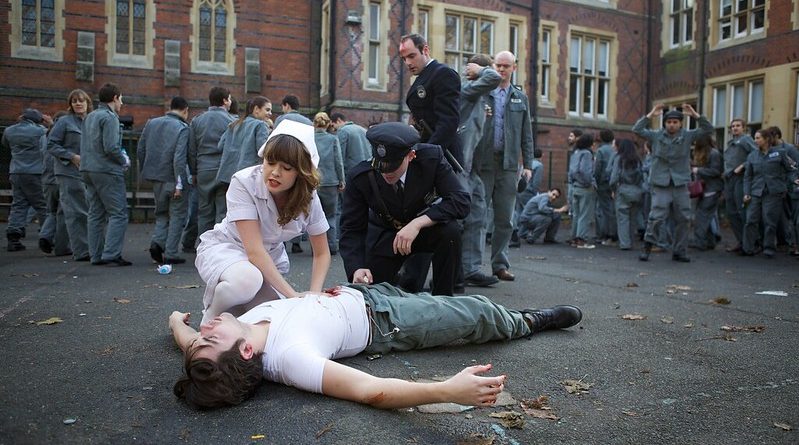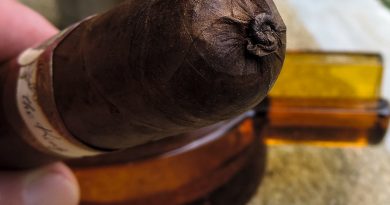The real Shawshank Redemption at West Virginia Penitentiary
History Facts
Where: Moundsville, West Virginia, USA
When: 1876 – 1995
History: Notorious prison famed for riots, murder, and electrocutions
Go there for: Exploring the horrors of capital punishment – still practised in some states in America – and dark side of human captivity
West Virginians may have always been simple folk living off the land but the turmoil of the Civil War years gave rise to an ever-growing number of violent and dangerous criminals that needed housing. The solution was to build the West Virginia Penitentiary in Moundsville – a state-run prison that would hold – and hopefully reform – those convicted of the most serious crimes. At its peak in the 1960s the jail housed 2,000 inmates but it was notoriously dogged by riots, murders, and escapes until it was finally closed down in 1995.
For many, the prevalence of capital punishment in the Southern states stems from the ugly legacy of slave times when some lives were inherently less precious than others. Even today, the South accounts for 80 percent of executions in the United States with a disproportionately large number of Black Americans facing the electric chair or lethal injection. During the history of the prison, a total of 94 men were executed. The last hanging took place in 1949 but in 1951 the electric chair Old Sparky, ironically built by an inmate, was put into action and that year nine men were strapped into it and filled with lethal volts of electricity. West Virginia became the twelfth State – the only one in the south – to abolish the death penalty in 1959.
History of the Penitentiary
The imposing stone building was constructed in the castellated Gothic style and adorned with turrets and battlements which give it a military feel. The first phase of construction was complete in 1876. The prison made money from inmate labor, and prisoners did jobs to support the prison community including blacksmith, carpenter, coal miner, stone mason, brick layer, tailor, baker, and hospital orderly. The prison became virtually a self-sufficient business, taking little money from the government. Prisoners were also given an education from the start of the twentieth century with the construction of a school and library in 1900. A vast construction project to double its size began in 1929.
Great Escapes
In spite of the six-foot wide walls and five-foot deep foundations, escapes were embarrassingly frequent. There were 510 successful attempts between 1960 and 1995 including a jailbreaker commandeering a prison truck, hiding in a cement mixer, and escaping through a good old-fashioned tunnel. One escaped felon wrote “wish you were here” postcards to fellow convicts, while Fast Freddie holds the escapee record with 13 attempts.
Riots
West Virginia Penitentiary already had a reputation as one of the country’s most violent pens. The final years of the West Virginia Pen were by marked by many disturbances including riots and escapes. The prison had two severe riots: in March 1973 five guards and two convicts were hospitalized and one inmate left dead after a convict committed arson and a full-scale riot and fire caused chaos to ensue. It was in the dining room at dinner time on New Years Day that a riot started in 1986 over filthy living conditions, the prisoners believed they were treated ‘like dogs.’ Prison delights included raw sewage flowing from pipes, rats in the cells, and maggots in food. For 53 hours, a gang took sixteen prison staff as hostages; their demands for Governor Moore: “better medical services, better living quarters, a pizza, and some women.” The Governor refused to negotiate, the scene turned nasty and three inmates were killed. The prisoners lived in cells a mere seven-feet by five-feet in size.
By April 1995, West Virginia Penitentiary was silent, empty, and devoid of mission for the first time in its 129 years history. However, like all good prison stories, this is a tale of redemption.The once-feared Penitentiary is now a teacher – engaging people in prison history and teaching today’s prison guards the latest tricks of the trade.
Touring the Penitentiary
For a real life taste of the long penitence depicted in the film Shawshank Redemption, in a prison as unforgiving as Oz, convicts on day release can take a tour of West Virginia Penitentiary with Paul Kirby, former governor of prisons.
Prison Life
Tours include visits to the infamous Wheel (the revolving door through which prisoners entered and left the prison), the exercise yard where prisoners fought and swapped forbidden goods, the original gallows where prisoners where hung and of course “Old Sparky“, the electric chair. Visitors can also explore the five- by seven-foot cells – including the chilling Maximum Securityand Death Row – many of which are decorated by revealing inmate art and poetry.
More Information
West Virginia Penitentiary Tours
West Virginia Penitentiary
818 Jefferson Avenue
Moundsville, WV 26041
Telephone: 001 304 845 6200
$8.00 Adults
$5.00 Children ages 6-10
Children 5 and under admitted free




